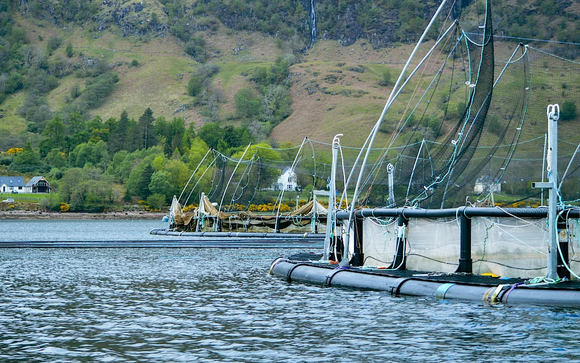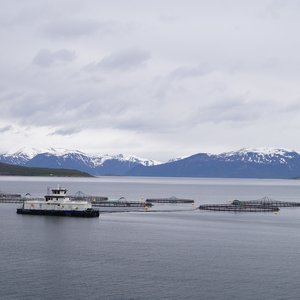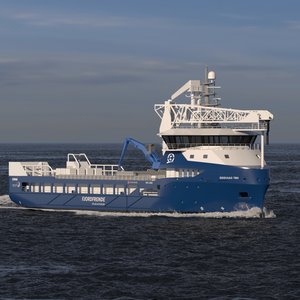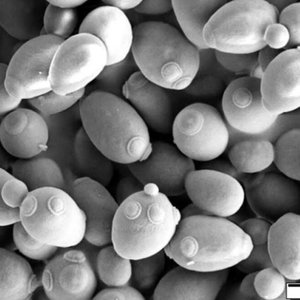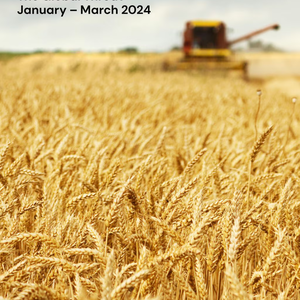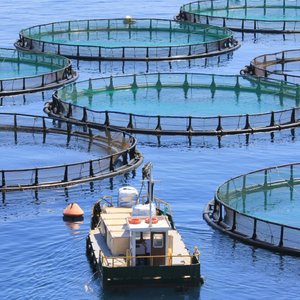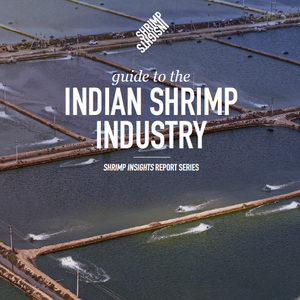New figures on Scottish salmon survival rates show that the sector continues to make progress in managing environmental challenges in the sea. Preliminary data for September 2023 indicates that survival was above 96.5%, up on the 95.3% recorded in September 2022.
September survival rates typically drop to their lowest monthly level because this is when seawater temperatures peak – and this year has seen record temperatures, partly due to the El Niño weather warming phenomenon, said Salmon Scotland.
The higher seawater temperatures seen in Scotland are not an issue for salmon, as they are within their natural range. Fish are cold-blooded and seawater temperature increases can encourage growth and allow harvest weight to be reached more quickly. However, record seawater temperatures do contribute to an increase in naturally occurring organisms which can reduce oxygen levels and also compromise the health of the salmon in areas such as the west coast of Scotland.
Jellyfish and algal blooms have been exacerbated this year as a result of higher-than-average temperatures, similar to the changing weather conditions we have all experienced this year. But these are not expected to last and seawater temperatures are expected to return to average in 2024.
The aquaculture sector is constantly innovating to overcome challenges and the sector has been investigating and deploying a range of short, medium and long-term solutions to maximize survival. Mitigation measures include aeration/oxygenation of the water; feeding strategies to minimize the time salmon spend near the water surface where they are more likely to come into contact with jellyfish and algal blooms; bubble curtains, which use air to create a barrier that prevents jellyfish and algal blooms from entering salmon pens; fish movement to remove salmon when the presence of micro-jellyfish is anticipated or detected: and broodstock development to breed more climate-resilient salmon. Putting larger fish in the sea reduces the amount of time salmon spend in seawater to just one summer, which also helps avoid contact with organisms that could be harmful.
“Our ability to address the environmental challenges facing our fish while they spend up to two years in the sea has improved, but there is always more we can do to further improve survival,” said Iain Berrill, head of technical at Salmon Scotland. “But the sector is resilient in the face of climate change, and we have a track record of being pro-active and constantly adapting to environmental challenges. Like all food-producing sectors, we must adapt to climate change and the aquaculture sector will continue to lead the world in healthy, sustainable salmon for decades to come.”


